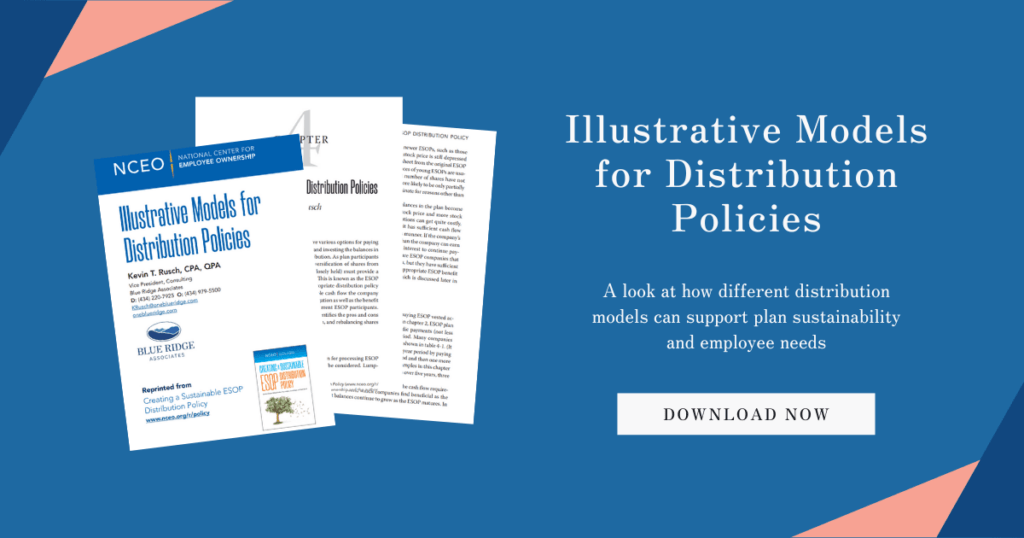The hours of service is an important piece of information you will provide to your ESOP third party administrator (TPA) with your annual census data. An employee’s hours of service may be used to determine eligibility for participation in the ESOP and eligibility to receive allocations and to track years of service for vesting and breaks in service. Therefore, it is important to use the correct method (as defined by your Plan Document) to credit each employee with the correct number of hours.
Hour of Service as defined by DOL Reg. §2530.200b-2
(a)(1) An hour of service is each hour for which an employee is paid, or entitled to payment, for the performance of duties for the employer during the applicable computation period.
(a)(2) An hour of service is each hour for which an employee is paid, or entitled to payment, by the employer on account of a period of time during which no duties are performed (irrespective of whether the employment relationship has terminated) due to vacation, holiday, illness, incapacity (including disability), layoff, jury duty, military duty or leave of absence.
(a)(3)An hour of service is each hour for which back pay, irrespective of mitigation of damages, is either awarded or agreed to by the employer. The same hours of service shall not be credited both under paragraph (a)(1) or paragraph (a)(2), as the case may be, and under this paragraph (a)(3).
If your Plan Document uses the above DOL Regulation language to define an hour of service, tracking hours for your employees might seem straightforward. But what if your document includes language that differs from the definitions above?
Elapsed Time Method
Plans may use what is known as the “elapsed time” method to credit service as opposed to tracking exact hours worked. This method, as referenced in Treas. Reg. §1.410(a)-7, looks at the “total period of time which elapses while the employee is employed.” Often times, the elapsed time method is used by Plan Sponsors who have difficulty maintaining actual hours records for each employee such as companies in the trucking industry. Plans that use the elapsed time method should note the following:
Service should be recorded as of the date an employee first performs an hour of service until the date he or she severs employment with the employer.
Service Spanning Rule: If an employee severs from service and is re-employed within 12 months, the employee must be credited with service for the full period of severance.
If your Plan Document uses the elapsed time method, you will not need to provide actual hours worked to your TPA. However, it is important that you provide accurate dates of hire, dates of termination, and re-hire data.
Equivalency Method
If actual hours are not tracked or accurately recorded, a plan may use one of the permitted equivalency methods under DOL Reg. §2530.200b-3. The equivalency method may be applied to all employees or only certain classifications of employees, provided that the classifications are reasonable and consistent (such as only part-time or only full-time employees). The following is a commonly used equivalency method.
Hours of Service Credited Based on Periods of Employment
One of the following units of time can be used for this equivalency method: days, weeks, semi-monthly payroll periods, or months. If an employee is required to be credited with at least one hour during the unit of time applied, they should be credited with the full equivalency as noted below:
10 hours of service for each day
45 hours of service for each week
95 hours of service for each semi-monthly payroll period
190 hours of service for each month
For example – If your Plan uses the weeks equivalency method and an employee works one hour during the week, that employee should be credited with the full 45 hours for that week.
Other equivalency methods as detailed in DOL Reg. §2530.200b-3 can be based on working time or employee earnings.
Read Your Plan Document
Whether your plan credits hours of service as defined in DOL Reg. §2530.200b-2 or uses one of the alternative methods, it is important that the method is established in your Plan Document. Make sure to read and understand your Plan Document so you can provide accurate hours data to your TPA each year.



